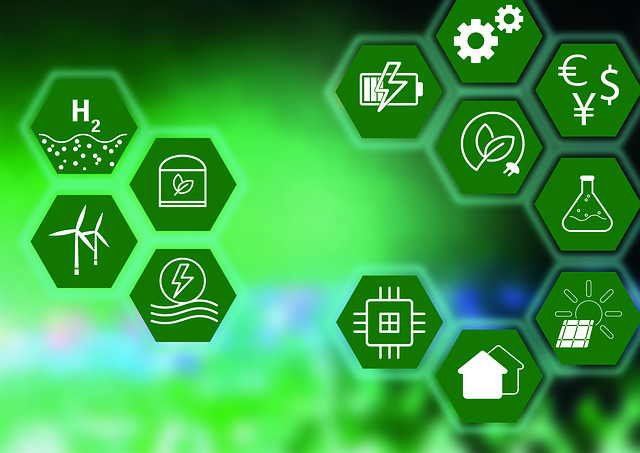Stanford's Breakthrough in Energy Storage: Liquid Organic Hydrogen Carriers Revolutionize Grid Technology
Key Ideas
- Stanford scientists are pioneering liquid organic hydrogen carriers (LOHCs) for efficient grid energy storage to complement renewable sources like solar and wind power.
- The development of novel catalytic systems for isopropanol production enables selective energy conversion and long-term storage without generating gaseous hydrogen.
- The research team's breakthrough in using cobaltocene as a co-catalyst with iridium opens new possibilities for affordable and scalable energy storage systems.
- The ultimate goal is to enhance energy storage capabilities for various sectors, including industry, renewable energy farms, and potentially individual households.
Stanford researchers have unveiled a groundbreaking liquid fuel technology aimed at revolutionizing the storage of energy for the electric grid through the use of liquid organic hydrogen carriers (LOHCs). As California transitions towards renewable energy sources, the need for effective energy storage solutions becomes increasingly crucial due to the intermittent nature of solar and wind power. The research team, led by Robert Waymouth, is exploring the use of LOHCs as 'liquid batteries' to store and release energy when required, providing a more sustainable alternative to current lithium-ion technologies. By developing innovative catalytic systems for isopropanol production, the scientists have achieved a method for selectively converting and storing electrical energy in liquid fuels without the production of hydrogen gas. This breakthrough, spearheaded by Daniel Marron, introduces cobaltocene as a co-catalyst with iridium, showcasing high efficiency in energy conversion processes. The study not only sheds light on the potential of LOHC systems to enhance energy storage capabilities on a larger scale but also aims to make the technology more cost-effective and accessible by exploring alternative catalysts like iron. The research signifies a significant advancement in energy storage technology, with the ultimate goal of improving energy storage across various sectors, from industrial applications to individual renewable energy installations.
